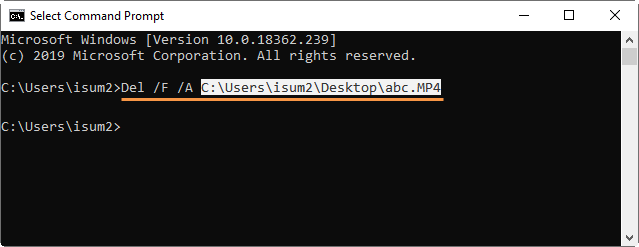

You’ll be able to delete entities based on a LINQ criteria. NET 7 and Entity Framework Core 7 have been released, you’ll be happy to know there’s a new ExecuteDelete and ExecuteDeleteAsync method. If you’re reading this in the future and. Otherwise, EF Core assumes you made a mistake and ignores the entity. nothing to delete because it was not yet inserted, so just make sure it doesn't get inserted.Įssentially, it’s crucial to Attach an entity before EF Core attempts to generate your SQL. An Added entity does not yet exist in the database.


Var entry = EntryWithoutDetectChanges(entity) public virtual EntityEntry Remove(TEntity entity) The Remove implementation doesn’t assume a non-attached entity should be automatically attached to your context. What’s the difference between your Delete method and the out-of-the-box Remove method? Let’s take a look at the second approach in action, where we add entries to the change tracker and then call the database. The all-in-one approach might not be ideal when dealing with collections associated with an entity. This approach is nice since it’s one call, but deleting multiple records from the database is an additional network request for each entity. So, for example, look at a typical delete operation in an ASP.NET Core API endpoint. Change tracking applies to all CRUD operations, including delete. The self-describing change tracker will determine what entities currently stored in memory have changed and generate SQL based on those changes. When you’re working with Entity Framework Core and the models you’ve added to your DbContext, you’re delegating to EF Core’s internal change tracker.
EF DOES NOT EXECUTE DELETE COMMAND HOW TO
In this post, I’ll show you how to cut that in half while achieving the same result. For example, without the delete, you can’t have Create, Read, Update, and Delete (CRUD) it would just be CRU.Īll kidding aside, if you are familiar with Entity Framework Core deletes, you likely know that, in most cases, you might have to perform at least two database calls to remove an entity. Regardless, Users still see the technical function of deleting records in Entity Framework Core as necessary. Whether you should or shouldn’t destroy data is up for debate, with strategies like Event Sourcing and Soft-Deletes being prominent proponents of not ever deleting anything.
EF DOES NOT EXECUTE DELETE COMMAND CODE
For example, the following code can be used to send output to the Console.Deleting records from an existing database is a contentious topic. Using this method, all SQL generated by the current context will be logged. The property can be set to delegate for any method that accepts a string as the parameter. This feature of the Entity Framework is to capture an equivalent SQL query generated by Entity Framework internally and provide it as output. While working with Entity Framework, it sends commands (or an equivalent SQL query) to the database to do a CRUD operation and this command can be intercepted by application code of Entity Framework. Interception/SQL logging in Entity FrameworkĮntity Framework 6.0 introduced the feature called "Logging SQL". The code above has one problem there are two database queries for one operation (one query for retrieving the data from the database and the other to delete the data from the database). Context.Entry(deptDelete).State = EntityState.Deleted.using (Entities Context = new Entities()).


 0 kommentar(er)
0 kommentar(er)
